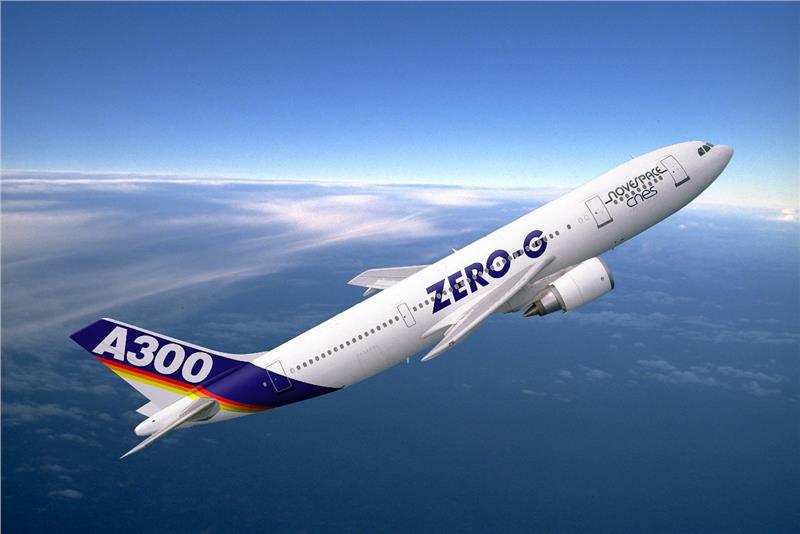Airbus A300 is a large civilian aircraft developed and manufactured by Airbus. It is known as the world's first wide-body twin-engine aircraft. The A300 can accommodate 266 passengers in two classes, with a maximum flight range of 7540 km depending on the model. In the 1990s, Airbus A300s were very popular with many different freight and cargo operators.

In July 1967, the French, German and British ministers reached an agreement for cooperation among European countries in the field of aeronautical technology and "for the overall development and production of an aircraft."
After the meeting, French engineer Roger Béteille was appointed as the technical director of the A300 program.
On 26 September, 1967, the governments of England, France and West Germany signed a memorandum of understanding to begin development of the 300-seat Airbus A300.
In December 1968, the French and British partner companies proposed a revised configuration of 250-seat Airbus A250 airliner. However, the British government announced that they would withdrawal from the Airbus joint venture on 10 April, 1969.
On 29 May, 1969, an agreement was made to officially launch the Airbus A300 as the world's first wide-body twin-engine aircraft.
In September 1969, the construction of the first A300 prototype began and it was released to the public on 28 September, 1972. A300 made its maiden flight one month later, in October 1972 at Toulouse International Airport.
On 5 February, 1973, the second prototype made its first flight.
In September 1973, the new aircraft was made on a six-week round trip to North America and South America.
On 23 May, 1974, the Airbus A300 was certified by the Federal Aviation Administration (FAA).
Air France's first A300 aircraft made its first commercial flight from Paris to London on 23 May, 1974. Indian Airlines was the first domestic airline in the world to purchase the A300.
In September 1974, Korean Air placed an order for four A300B4s.
In 1977, Eastern Air Lines leased four A300s as an in-service trial. Following this breakthrough was an order from Pan Am. From then on, the A300 series sold very well with a total of 816 delivered aircraft.
In December 1977, Aerocondor Colombia became the first Airbus operator in Latin America.
By 1981, Airbus sold more than 300 aircraft and options for 200 aircraft for over forty airlines.
In July 2007, the A300 aircraft was discontinued. As of July 2017, there were 211 A300s in active with 22 operators. In particular, the largest operator is FedEx Express with 68 A300-600F aircraft.
|
Variant |
A300B4-200 |
A300-600R |
A300-600F |
|
Cockpit crew |
Three |
Two |
|
|
Main deck |
281 / 309Y @ 34,31 in) |
247 (46F + 201Y) / 285Y @ 34 in |
540 m³, 43 AYY ULD |
|
Lower deck |
20 LD3 + bulk |
22 LD3 + bulk / 158 m³ |
|
|
Length |
53.61 m (175.9 ft) |
54.08 m (177.4 ft) |
|
|
Height |
16.72 m (54.9 ft) |
16.66 m (54.7 ft) |
|
|
Wing |
44,84 m (147,1 ft) span, 260 m 2 (2.800 sq ft) area, 7.7 aspect ratio |
||
|
Width |
5.287 m (17,35 ft) Cabin, 5,64 m (18,5 ft) fuselage, usually 2-4-2Y |
||
|
Pressurized volume |
542 m³ / 19 140 cu ft |
860 m³ / 30 370 cu ft |
|
|
MTOW |
165,000 kg (363,763 lb) |
171,700 kg (378,534 lb) |
170,500 kg (375,888 lb) |
